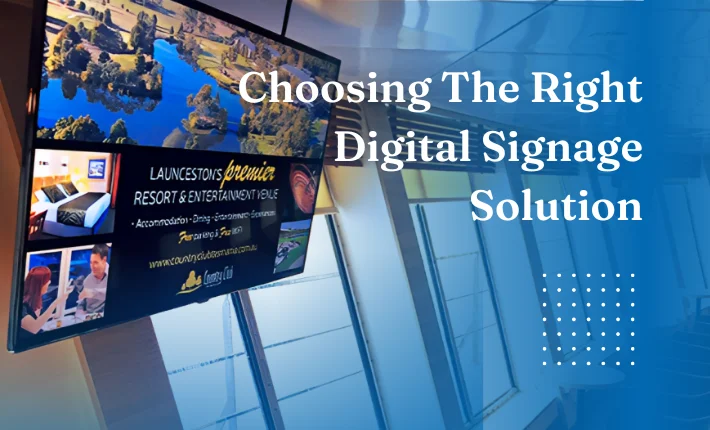Innovation in design technology has fundamentally transformed the way we conceptualize, create, and communicate ideas. In 2023, the convergence of multiple advanced tools has resulted in a dynamic environment that supports both professional designers and casual creators. Design technologies article explores some of the most groundbreaking design technologies and their impact on various industries.
1. Artificial Intelligence in Design

Generative Design and AI-Powered Tools
Artificial Intelligence (AI) has significantly altered the horizon of design. Generative design powered by AI employs algorithms to explore all possible permutations of a design solution up-front, thereby generating geometries that are traditionally difficult to envision. Design technologies Programs like Autodesk’s Fusion 360 and others enable designers to input design goals along with parameters such as materials, manufacturing methods, and cost constraints. The AI then produces a variety of solutions that can be iteratively refined.
AI in Graphic Design
Beyond structural design, AI also plays a role in graphic design. Tools like Adobe Sensei use machine learning to automate tedious tasks such as photo editing, typography adjustment, and layout suggestions. As a result, designers can focus more on creativity and less on repetitive tasks.
2. Augmented Reality (AR) and Virtual Reality (VR)

Interactive Prototyping and User Testing
Incorporating AR and VR into design technologies has revolutionized prototyping and user testing. Designers can create life-like, interactive 3D models that users can manipulate in a virtual environment. This has been particularly transformative in industries like architecture, automotive, and product design.
AR for Visualization
Applications such as IKEA Place use AR to allow customers to visualize furniture in their own homes before purchasing. Design technologies technology has grown increasingly sophisticated, providing realistic representations of texture, color, and scale.
3. Computer-Aided Design (CAD) and Building Information Modeling (BIM)

Advanced CAD Software
Computer-Aided Design continues to be a cornerstone of design technology. Modern CAD tools offer more than basic wireframing and drafting features. They include advanced simulation capabilities, allowing users to test structural properties, material behavior, and aerodynamics, among other factors. Software like SolidWorks and AutoCAD zoem through complex computational tasks with unparalleled precision.
BIM in Construction
Building Information Modeling (BIM) technology integrates multi-dimensional representations for the architecture, engineering, and construction (AEC) sectors. Design technologies enables real-time collaboration, improving accuracy, avoiding redundancy, and potentially decreasing overall project costs. Platforms like Revit and ArchiCAD are saving both time and resources while ensuring projects meet high standards of quality and compliance.
4. Cloud-Based Design Solutions

Cooperative Workflow
The adoption of cloud technology has brought an incredible degree of flexibility to design workflows. Platforms like Figma and Sketch enable remote teams to collaborate in real-time, ensuring that every stakeholder is on the same page at all times.
Resource Efficiency
Cloud rendering services do away with the necessity for heavy computing hardware. Services like Autodesk’s BIM 360 and Fusion 360 leverage the profound computational capabilities of cloud infrastructures to execute demanding tasks including 3D rendering and simulation.
5. 3D Printing

Rapid Prototyping
3D printing technology accelerates prototyping phases considerably, turning virtual designs into tangible objects within hours. Design technologies allows for quicker iterations and faster route-to-market for new products. Desktop 3D printers are now commonplace tools in design





